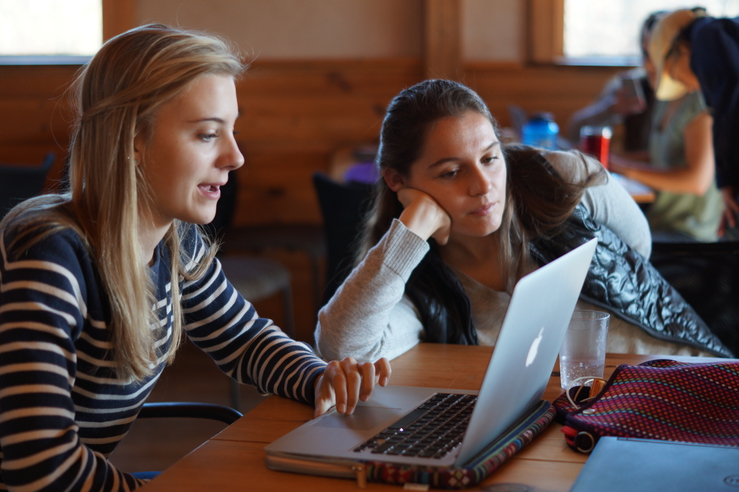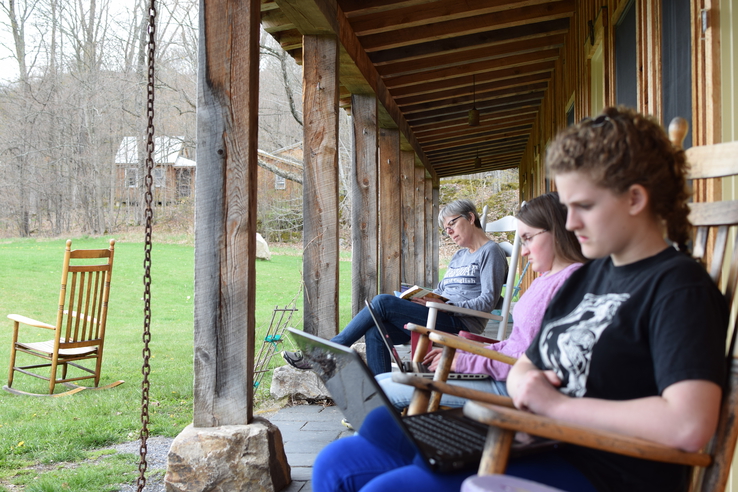
#5: “Then why are you looking here?”
First, a story:
Late one night, a man searches for something in a parking lot. On his hands and knees, he crawls around a bright circle of light created by a streetlamp overhead.
A woman passes, stops, takes in the scene.
“What are you looking for? Can I help?”
“My car keys. Any chance you’ve seen them?”
“You dropped them right around here?”
“Oh, no. I dropped them way over there,” he says, gesturing vaguely to some faraway spot on the other side of the lot.
“Then why are you looking here?”
The man pauses to consider the question.
“Because this is where the light is.”
(http://www.npr.org/sections/ed/2016/09/28/495488716/bias-isnt-just-a-police-problem-its-a-preschool-problem)
This is the story that begins an article done by NPR about racial bias in pre-schools. Researchers at Yale conducted a study with preschool teachers that suggested that teachers look for trouble in much the same way, in only one spot. Because of this, teachers are spending way too much time watching black boys, waiting for bad stuff to happen. Another problem that comes along with this is is a bias towards asian kids and hispanic kids. It is an assumption that asian kids are very good at school, especially math. When these biases are used on children that do not fit into these stereotypes, it causes children to not learn at their highest potential.
Another article I read said that anti-bias training for police is the first step in solving the problem of biased base violence. Literally all we need is to train people not to make assumptions. It’s not that hard, it’s something we can push to become a reality.
 Previous Post
Previous Post Next Post
Next Post







Dear Nathan,
Much of your post this week echoes ideas from last week’s blog post. I very much enjoyed the metaphorical narrative at the beginning of this post, and I would push you to specifically identify some of the factors that influence our culture — preschool teachers, police officers and every one else — to “look in the wrong places.”
I both agree and disagree this is statement from your post: “Literally all we need is to train people not to make assumptions. It’s not that hard, it’s something we can push to become a reality.” I disagree that a training session can simply “fix” the complicated and deep roots of racial profiling and biases; however, training is one unique idea and a step toward making progress toward solving this issue. I totally agree that we can push toward making this a reality, and I am excited that your work is going to be an important influence on this issue.
Nathan, I’d reiterate Courtney’s thoughts and add that it might be useful to try to dig up some data on the efficacy of anti-bias training. Your case to Vermont legislators and/or public that teacher training is the first important step toward reducing bias in schools will be made much more powerful if you can point to statistics showing, for example, a reduction in police bias after training as evidenced by, say, a more equitable distribution of arrests across race.
Cheers,
Dana